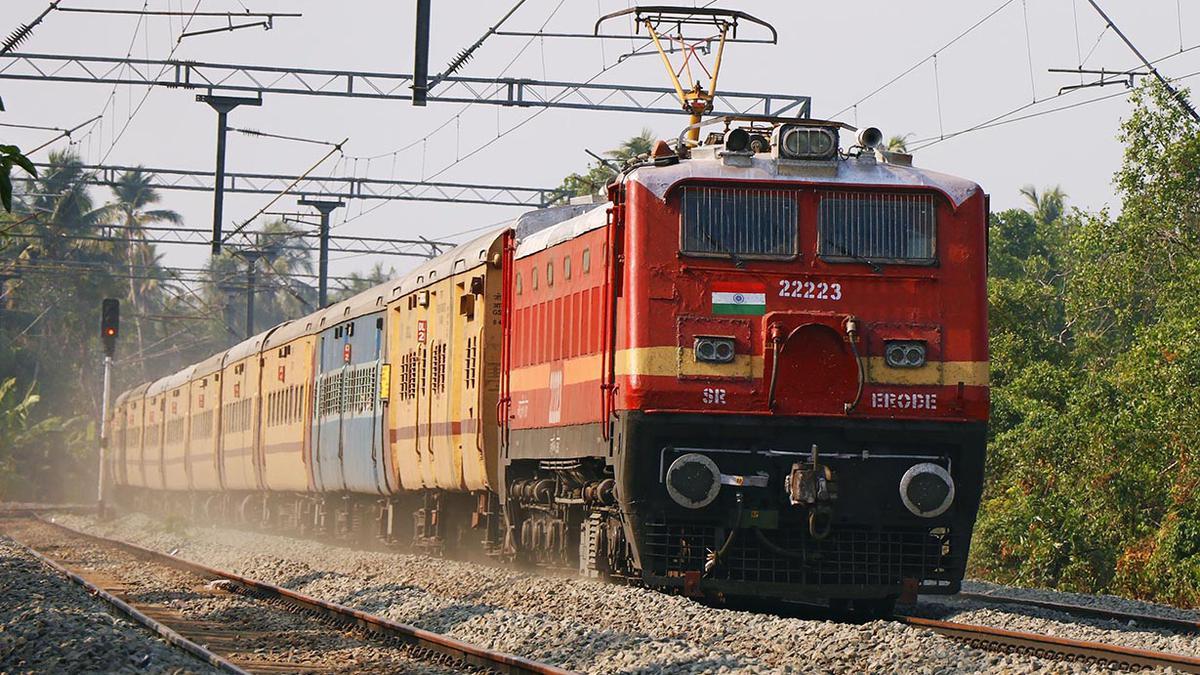 |
|
The Indian Railways' budget for the fiscal year 2025-26 has remained stagnant at ₹2.65 lakh crore, mirroring the previous year's allocation. This decision, while seemingly maintaining the momentum of capital expenditure (Capex), has resulted in significant cuts to funding for crucial areas such as customer amenities and investments in Public Sector Units (PSUs) and Joint Ventures (JVs). The announcement, made by Union Railways Minister Ashwini Vaishnaw following the Union Budget presentation on February 1st, 2025, sparked immediate debate and analysis. While the Minister emphasized the continuation of the Capex push, critics pointed to the reduced allocation for passenger comfort and modernization initiatives as a potential setback for the overall improvement of the railway system.
A closer examination of the budget reveals a concerning trend in the allocation for customer amenities. This crucial area, encompassing the maintenance of toilets, signal standardization, station improvements, and the repair of basic passenger facilities, has witnessed a steady decline. The budget estimate for FY 2024-25 was ₹15,510 crore, which was revised down to ₹12,993.97 crore. The FY 2025-26 budget has further reduced this allocation to ₹12,118.39 crore. This significant reduction raises concerns about the potential impact on passenger experience and the overall quality of railway services. The diminished focus on essential improvements could lead to a decline in passenger satisfaction and overall efficiency of the railway network.
Similarly, the investment in PSUs and JVs has also faced a substantial cut. The revised estimate for FY 2024-25 stood at ₹27,570.77 crore, which has been reduced to ₹22,444.33 crore for FY 2025-26. This decrease reflects a prioritization shift within the Railways' financial strategy. The reduced allocation to the Dedicated Freight Corridor Corporation of India, a vital PSU, is particularly noteworthy, falling from ₹5,499 crore in FY 2024-25 (revised estimate) to a mere ₹500 crore in FY 2025-26. This drastic reduction raises questions about the future development of freight infrastructure and the potential impact on the overall efficiency of cargo transportation. While the Minister highlighted the achievement of a 1.6 billion-tonne cargo carrying capacity, making India the second largest in the world, the reduced funding for freight infrastructure may hinder future expansion and upgrades.
Despite the cuts in certain areas, the Railways Minister highlighted several significant ongoing and upcoming projects. The ambitious goal of 100% electrification of the rail network is slated for completion in the upcoming financial year. Furthermore, the Railways is aiming to achieve ₹3 lakh crore in passenger revenue for the first time in FY 2025-26. The budget also includes provisions for the manufacturing of a significant number of new trains, including 100 non-AC Amrit Bharat trains, 50 NAMO Bharat trains, and 200 Vande Bharat trains (both sleeper and chair car versions). The plan also includes the manufacturing of 17,500 general coaches, building upon the 1,200 already produced. These ambitious production targets demonstrate a commitment to modernizing and expanding the Indian Railways' fleet and improving the passenger experience, however they may be jeopardised by a reduced allocation for maintenance and upgrades in other areas.
The development of an indigenous high-speed 'bullet' train is also progressing, with collaboration between Defence PSU BEML and Rail PSU National High Speed Rail Corporation Limited (NHSRCL). While the project's allocation has been reduced from the budget estimate of ₹21,000 crore in FY 2024-25 to ₹19,000 crore in FY 2025-26, the continued investment signals the government's long-term commitment to high-speed rail technology. The involvement of the Japanese government further emphasizes the significance of this project and its potential to revolutionize India's railway system. However, the focus on ambitious new projects may come at the cost of maintaining and upgrading existing infrastructure and passenger amenities, thus highlighting a potential imbalance in the allocation of resources.
In conclusion, the Indian Railways' budget for FY 2025-26 presents a mixed picture. While maintaining the overall Capex allocation, the significant cuts in funding for customer amenities and investments in PSUs raise concerns. The government's ambitious plans for new trains and high-speed rail development are commendable, yet the potential neglect of essential maintenance and upgrades may undermine the long-term sustainability and efficiency of the Indian Railways. A more balanced approach that prioritizes both new initiatives and the upkeep of existing infrastructure is crucial to ensure the continued growth and modernization of the railway network while enhancing the passenger experience.
